Stagecoach is a 1939 American Western movie directed by John Ford and starring Claire Trevor and John Wayne in his breakthrough role. The screenplay, written by Dudley Nichols, is adapted from “The Stage to Lordsburg,” a 1937 short story by Ernest Haycox. The movie follows a group of strangers riding on a stagecoach through dangerous Apache territory. Take a look below for 30 more fun and interesting facts about Stagecoach.
1. Stagecoach was the first of many Westerns that Ford shot using Monument Valley, in the American Southwest on the Arizona-Utah border, as a location, many of which also starred John Wayne.
2. Scenes from Stagecoach, including a famous sequence introducing John Wayne’s character, the Ringo Kid, blended shots of Monument Valley with shorts filmed on the Iverson Movie Ranch in Chatsworth, California, RKO Encino Movie Ranch, and other locations.
3. Philosopher Robert B. Pippin has observed that both the collection of characters and their journey, “are archetypal rather than merely individual,” and that the movie is a, “mythic representation of the American aspiration toward a form of politically meaningful equality.”
4. In 1995, the movie was deemed, “culturally, historically, or aesthetically significant,” by the United States Library of Congress and selected for preservation in their National Film Registry.
5. Orson Welles argued that Stagecoach was a perfect textbook of filmmaking and claimed to have watched the movie more than 40 times in preparation for the making of Citizen Kane.
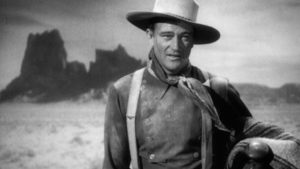
6. Asked why, in the climactic chase scene, the Indians didn’t simply shoot the horses to stop the stagecoach, director John Ford replied, “Because that would have been the end of the movie.” In addition, Apaches would have stolen the stagecoach horses because, in their culture, horses were valuable in determining a warrior’s worth.
7. Local Navajo Indians played the Apaches. The film’s production was a huge economic boost to the local impoverished population, giving jobs to hundreds of locals as extras and handymen.
8. Stagecoach was John Wayne’s 80th movie.
9. The hat that John Wayne wears is his own. He would wear it in many Westerns during the next two decades before retiring it after Howard Hawks’ Rio Bravo, because it was simply “falling apart.” After that, the hat was displayed under glass in his home.
10. The interior sets all have ceilings, an unusual practice at the time for studio filming. This was to create a claustrophobic effect in complete counterpoint to the wide open expanse of Monument Valley.
11. Hosteen Tso, a local shaman, promised John Ford the exact kind of cloud formations he wanted. They duly appeared.
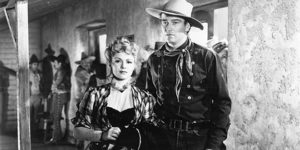
12. Near the end of the movie, Luke Plummer has a pair of black aces and a pair of black eights. This is the notorious “dead man’s hand” supposed to have been held by Wild Bill Hickok before he was killed.
13. John Wayne’s salary was considerably less than all of his co-stars, apart from John Carradine.
14. John Ford loved the Monument Valley location so much that the actual stagecoach journey traverses the valley three times.
15. Thomas Mitchell had stopped drinking alcohol for more than two years before he played the drunken Doc Boone.
16. John Ford originally wanted Ward Bond to play Buck the stage driver but gave the role to Andy Devine when he found that Bond couldn’t drive a “six-up” stagecoach and there wasn’t enough time to teach him.
17. Andy Devine was borrowed from Universal, John Carradine was borrowed from Twentieth Century Fox and John Wayne was borrowed from Republic.
18. Louise Platt, who played the very proper Mrs. Lucy Mallory, wasn’t quite so prim off-camera. Observing John Wayne on the set one day, Platt turned to Claire Trevor and said, “I think he has the most beautiful buttocks I have ever seen.”
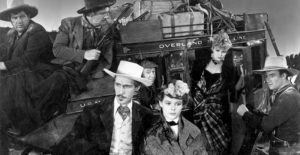
19. The movie was originally budgeted at $392,000, but it cost over $500,000 to make.
20. The movie grossed nearly $1 million by the end of 1939, earning the biggest profit of any Walter Wanger film production to that date.
21. John Ford was so pleased with the way Yakima Canutt solved the problem of safely shooting the stagecoach’s river crossing that he gave Yakima carte blanche in creating all the stunts for the movie.
22. Louise Platt, in a letter recounting the experience of the film’s production, quoted John Ford on saying of John Wayne’s future in film: “He’ll be the biggest star ever because he is the perfect everyman.”
23. John Ford asked David O. Selznick to produce the movie. Selznick was interesting in making the movie, but only if he could have Gary Cooper as the Ringo Kid and Marlene Dietrich as Dallas.
24. In 1939, Claire Trevor was Stagecoach’s biggest star and commanded the highest salary.
25. Stagecoach is the first of three movies in which John Wayne and Claire Trevor were paired as romantic partners.
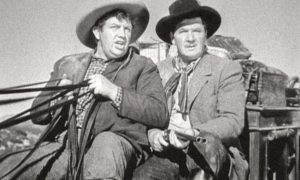
26. Stagecoach made John Wayne a major star, 9 years after the failure of The Big Trail.
27. In making the Ringo Kid, John Ford referred back to a silent era Western hero he made with Harry Carey called Cheyenne Harry.
28. The interior scenes of the coach were all shot in a studio, and the town sequences were shot on Hollywood backlots.
29. Producer Walter Wanger wanted Gary Cooper for the role of Ringo but Cooper’s fees were too high. Bruce Cabot unsuccessfully tested for it before John Ford got his wish and cast John Wayne.
30. Joel McCrea and Errol Flynn turned down the role of The Ringo Kid.

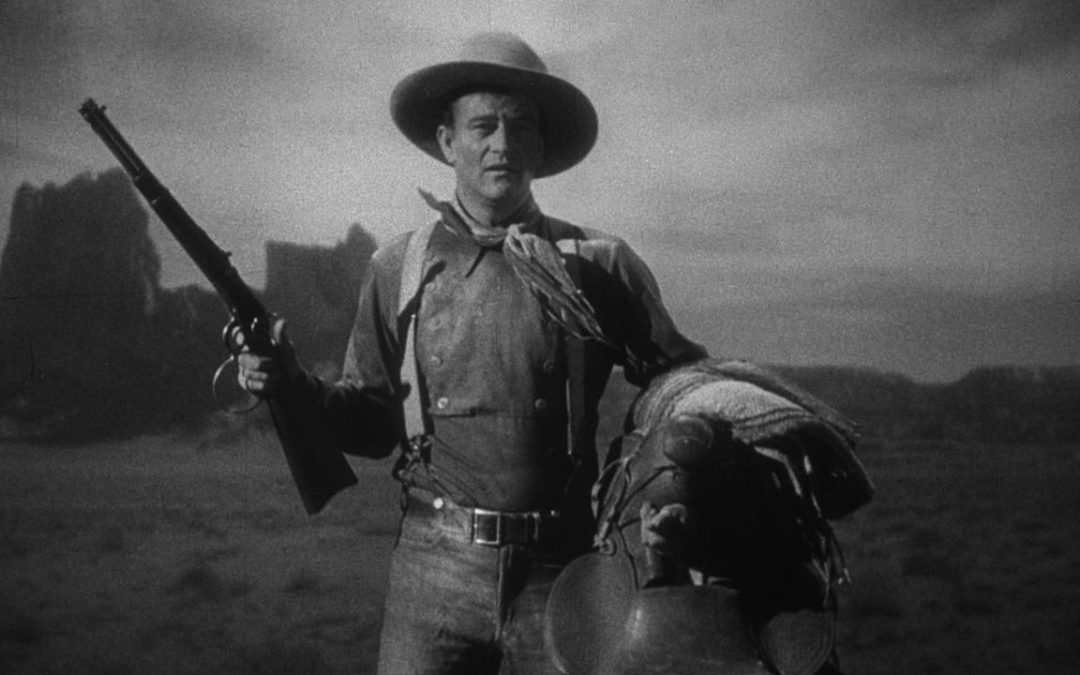
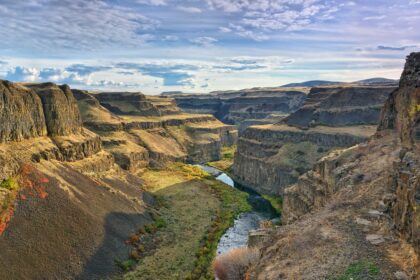
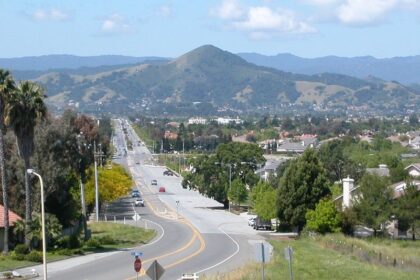
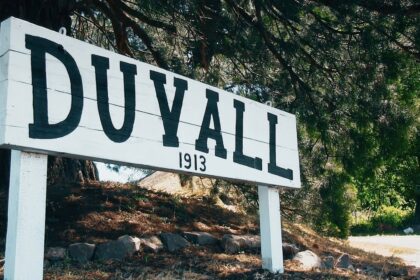
One Comment
Pingback:
July 16, 2018 at 11:22 am